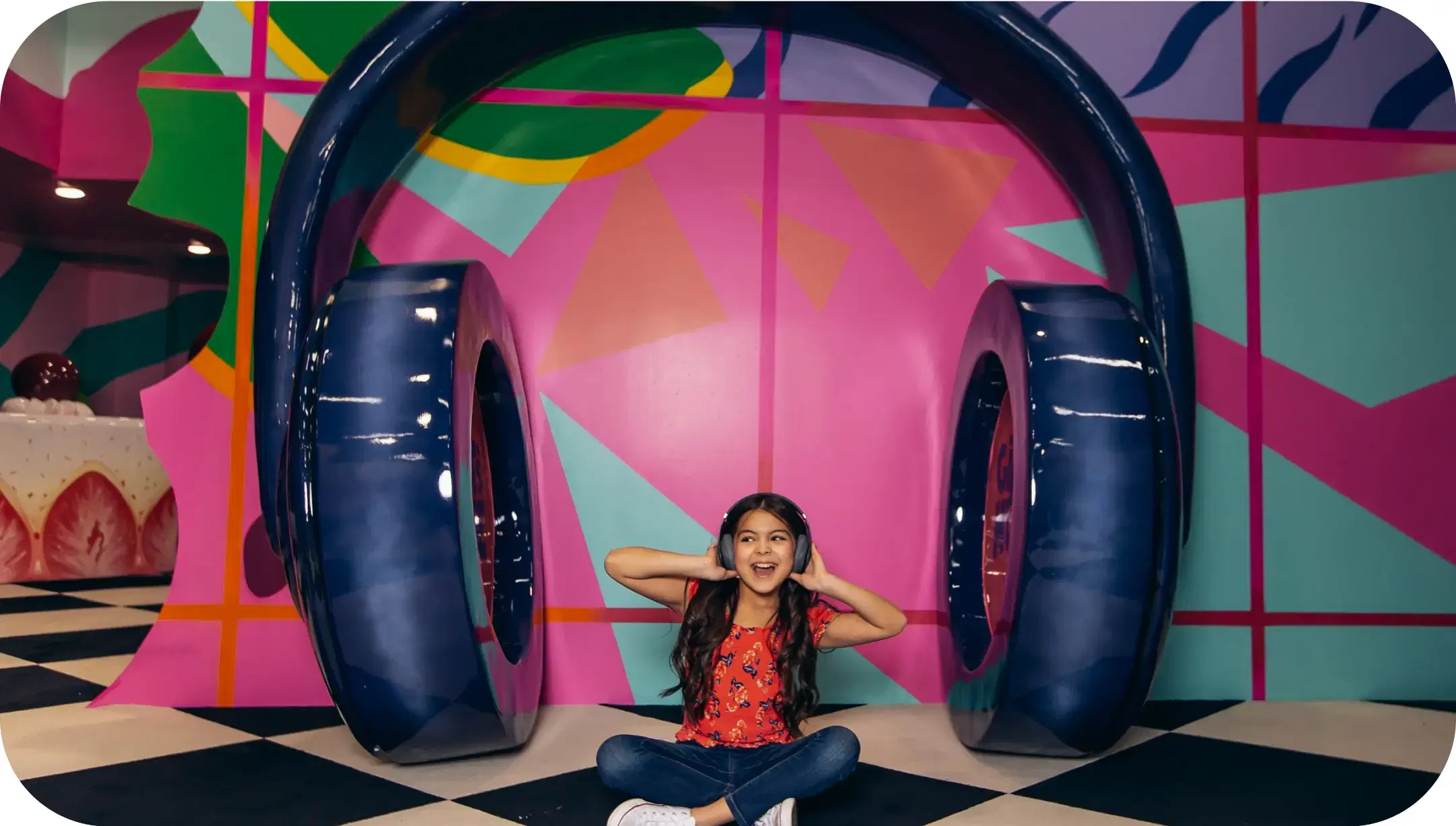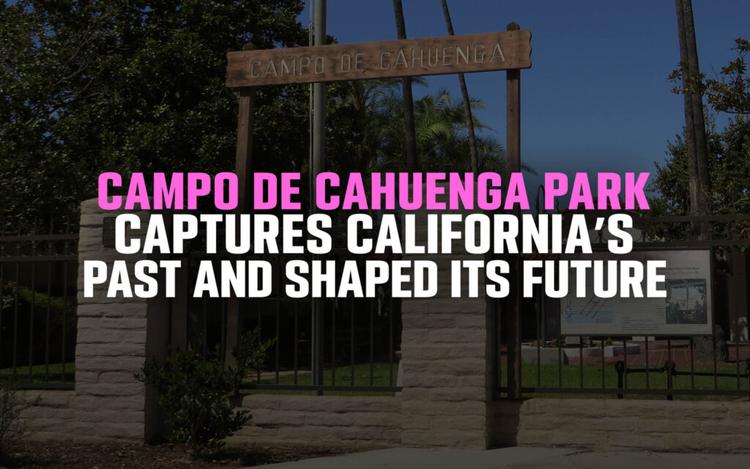Beneath the brilliant California sun, the José Martí statue rises like a living testament to the eternal fight for freedom and dignity. This statue in Los Angeles captures the spirit of a man whose influence transcends generations. José Martí was a fierce advocate for freedom, independence, and cultural pride, especially among Latin American communities. His writings, speeches, and unwavering commitment to justice shaped not only Cuba’s destiny but also inspired movements throughout the Americas.
When visitors approach this statue, they immediately sense the powerful history tied to Martí’s life. The memorial is a testament to his struggle against oppression and his dream of unity among peoples. Honoring José Martí with a statue ensures that his fight for liberty is not forgotten and that future generations can learn from his passion.
In Los Angeles, a city renowned for celebrating diversity, the José Martí statue has become an important cultural landmark. It serves as a living memorial that resonates with a wide audience, reminding all who visit of the enduring value of freedom, resilience, and cultural pride. Each glance at the memorial is a tribute to the man whose voice still echoes across the globe.
A Landmark of Inspiration: Describing the José Martí Statue
The José Martí statue is a striking bronze figure that commands attention with its poised stance and determined expression. It portrays Martí in mid-speech, conveying urgency and hope through the artist’s skilled craftsmanship. Every line of his figure is rendered with precision, offering a visual representation of his steadfast devotion to freedom.
Set atop a solid granite base, the statue invites viewers to reflect on the weight of history it represents. The surrounding plaza features inscriptions and quotations that illuminate Martí’s ideals, turning the area into more than just a viewing spot — it becomes a place of contemplation. The combination of artistry and meaning makes this memorial deeply moving.
Visitors often find themselves captivated by how effectively the statue encapsulates the spirit of José Martí. Rather than being just a static monument, it radiates a sense of living memory, making it an essential cultural memorial in Los Angeles. The powerful presence of the statue invites everyone to pause, reflect, and be inspired by Martí’s enduring legacy.
José Martí: A Symbol of Hope and Resistance
José Martí was a revered writer, philosopher, and revolutionary leader whose life was dedicated to the pursuit of freedom and national identity. Born in Havana, Cuba, in 1853, Martí became an influential voice against colonial rule, using his extraordinary talents as a poet and journalist to rally support for Cuban independence. His works, infused with passion and clarity, positioned him as a guiding light for oppressed people throughout Latin America.
Martí’s fame stems from his pivotal role in organizing and inspiring the Cuban War of Independence against Spanish rule. His writings, including essays, poems, and political manifestos, emphasized liberty, justice, and the importance of preserving cultural roots. Although he died in battle in 1895, his vision lived on, and he remains a national hero in Cuba and an enduring symbol of resistance and hope across the Americas.
Today, the José Martí memorial in Los Angeles stands not just as a statue honoring one man, but as a profound reminder of the universal fight for dignity and self-determination. His legacy transcends borders, continuing to inspire advocates for human rights and freedom around the world. Visiting the statue allows individuals to connect with Martí’s spirit and the timeless values he championed.
Where to Find It: Location and Setting of the Memorial
The José Martí statue is located in Exposition Park, Los Angeles, a vibrant area known for its museums, gardens, and cultural landmarks. Positioned near the California Science Center and the Natural History Museum, the memorial benefits from being part of an area bustling with education and discovery. Visitors can easily incorporate seeing the statue into a day of exploring the surrounding attractions.
Exposition Park is easily accessible by car and public transit, with nearby Metro Expo Line stations offering convenient stops. Ample parking options are available, especially at the Expo Center parking lots. The open, sunlit spaces around the José Martí memorial create an inviting atmosphere for quiet reflection or family visits.
Nearby amenities include cafes, shaded picnic areas, and open lawns, giving visitors plenty of choices for relaxation after visiting the memorial. Whether you’re making a special trip to see the José Martí statue or encountering it during a broader exploration of Exposition Park, the experience promises to be both memorable and enriching.
A Broader Celebration of Culture: Visiting the World of Illusions
After visiting the José Martí statue and memorial, many visitors extend their cultural journey to the World of Illusions, a unique interactive attraction just a short drive away in Los Angeles. This exciting venue is home to four different exhibits that each offer a new way to experience creativity and imagination.
At the Museum of Illusions, guests find themselves immersed in stunning 3D wall murals that create breathtaking optical illusions. In the Upside Down House, seven whimsical rooms flip everyday life on its head, giving visitors unforgettable photo opportunities. Meanwhile, the Giant’s House amazes guests by placing them among enormous everyday objects, making everyone feel as if they have shrunk to toy-size.
Finally, Smash It! lets visitors unleash their emotions by writing frustrations on plates and hurling them against the wall in a safe and controlled environment. The World of Illusions complements the message of freedom and expression embodied by the José Martí memorial, offering visitors a playful yet powerful way to continue celebrating creativity and individuality in Los Angeles.
Why the José Martí Memorial Resonates Today
The José Martí statue continues to resonate deeply in today’s world, where the pursuit of freedom and cultural identity remains as important as ever. The memorial serves as a powerful reminder that the values Martí fought for — justice, dignity, and equality — are timeless and relevant. It inspires new generations to champion these ideals in their own lives.
Community events and cultural celebrations often center around the statue, particularly during significant anniversaries and Hispanic Heritage Month. These gatherings underscore the memorial’s role not just as a physical structure, but as a living part of the city’s cultural dialogue. Performances, readings, and ceremonial tributes breathe life into Martí’s words, making the site a hub of meaningful activity.
Visitors are drawn to the José Martí memorial because it speaks to universal themes that transcend nationality. Whether they come from nearby neighborhoods or travel from afar, people find a connection to Martí’s spirit of resilience and hope. In an ever-changing world, this statue remains a beacon of steadfast ideals.
What does the José Martí statue represent in Los Angeles?
The José Martí statue represents the enduring ideals of freedom, unity, and cultural pride. This memorial honors José Martí’s lifelong struggle for liberty and his profound influence on Latin American identity. Visitors are invited to reflect on the timeless messages embodied by the statue and the memorial that surrounds it.
What attractions are near the José Martí memorial?
Close to the José Martí memorial, visitors can explore many exciting destinations, including the World of Illusions. Featuring exhibits like the Upside Down House and the Museum of Illusions, this venue offers creative, interactive experiences that complement a day spent visiting the José Martí statue and learning about cultural heroes.
Why should people visit the José Martí statue and memorial?
Visiting the José Martí statue and memorial offers a powerful way to connect with a vital piece of history. The statue captures Martí’s spirit of resilience and hope, providing a place for contemplation and inspiration. It serves as a lasting tribute to José Martí’s vision for freedom, justice, and cultural identity.







